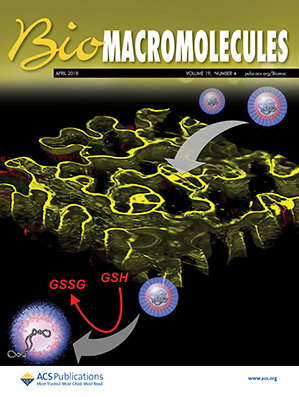Molecular Dynamics Study of Protein-Mediated Electroporation of Kv Channels Induced by nsPEFs: Advantages of Bipolar Pulses
IF 5.4
2区 化学
Q1 BIOCHEMISTRY & MOLECULAR BIOLOGY
引用次数: 0
Abstract
Nanosecond pulsed electric fields (nsPEFs) can induce protein-mediated electroporation (PMEP) in voltage-gated ion channels. However, their effects on the tetrameric structure of voltage-gated potassium (Kv) channels remain unexplored. Our study pioneered the molecular dynamics (MD) investigation of the open-state (O) Kv channel to understand the effects of PMEP under unipolar and bipolar pulses (UP and BP). Our findings revealed that BP induces pore formation more effectively than UP. Additionally, the frequency of pore formation shows a more consistent decline with increased pulse interval under BP. We further examined three other distinct functional statesintermediate (C*), inactivated (I), and resting closed (C)of Kv channels under BP. SF pores formed exclusively in the O state, while complex pores formed only in the O and C states. In conclusion, our study highlights BP’s role in enhancing pore formation and specificity, offering insights into Kv channel PMEP and its therapeutic potential.
- Download: Download high-res image (174KB)
- Download: Download full-size image
nsPEFs诱导Kv通道蛋白介导电穿孔的分子动力学研究:双极脉冲的优势。
纳秒脉冲电场(nsPEFs)可诱导电压门控离子通道中的蛋白质介导电穿孔(PMEP)。然而,它们对电压门控钾(Kv)通道四聚体结构的影响仍有待探索。我们的研究率先对开放态(O)Kv 通道进行了分子动力学(MD)研究,以了解 PMEP 在单极和双极脉冲(UP 和 BP)下的影响。我们的研究结果表明,BP 比 UP 更有效地诱导孔形成。此外,在 BP 条件下,孔隙形成的频率随着脉冲间隔的增加而出现更一致的下降。我们进一步研究了 BP 条件下 Kv 通道的其他三种不同功能状态--中间状态(C*)、失活状态(I)和静息闭合状态(C)。SF 孔只在 O 状态下形成,而复合孔只在 O 和 C 状态下形成。总之,我们的研究强调了 BP 在增强孔形成和特异性方面的作用,为 Kv 通道 PMEP 及其治疗潜力提供了见解。
本文章由计算机程序翻译,如有差异,请以英文原文为准。
求助全文
约1分钟内获得全文
求助全文
来源期刊

Biomacromolecules
化学-高分子科学
CiteScore
10.60
自引率
4.80%
发文量
417
审稿时长
1.6 months
期刊介绍:
Biomacromolecules is a leading forum for the dissemination of cutting-edge research at the interface of polymer science and biology. Submissions to Biomacromolecules should contain strong elements of innovation in terms of macromolecular design, synthesis and characterization, or in the application of polymer materials to biology and medicine.
Topics covered by Biomacromolecules include, but are not exclusively limited to: sustainable polymers, polymers based on natural and renewable resources, degradable polymers, polymer conjugates, polymeric drugs, polymers in biocatalysis, biomacromolecular assembly, biomimetic polymers, polymer-biomineral hybrids, biomimetic-polymer processing, polymer recycling, bioactive polymer surfaces, original polymer design for biomedical applications such as immunotherapy, drug delivery, gene delivery, antimicrobial applications, diagnostic imaging and biosensing, polymers in tissue engineering and regenerative medicine, polymeric scaffolds and hydrogels for cell culture and delivery.
 求助内容:
求助内容: 应助结果提醒方式:
应助结果提醒方式:


